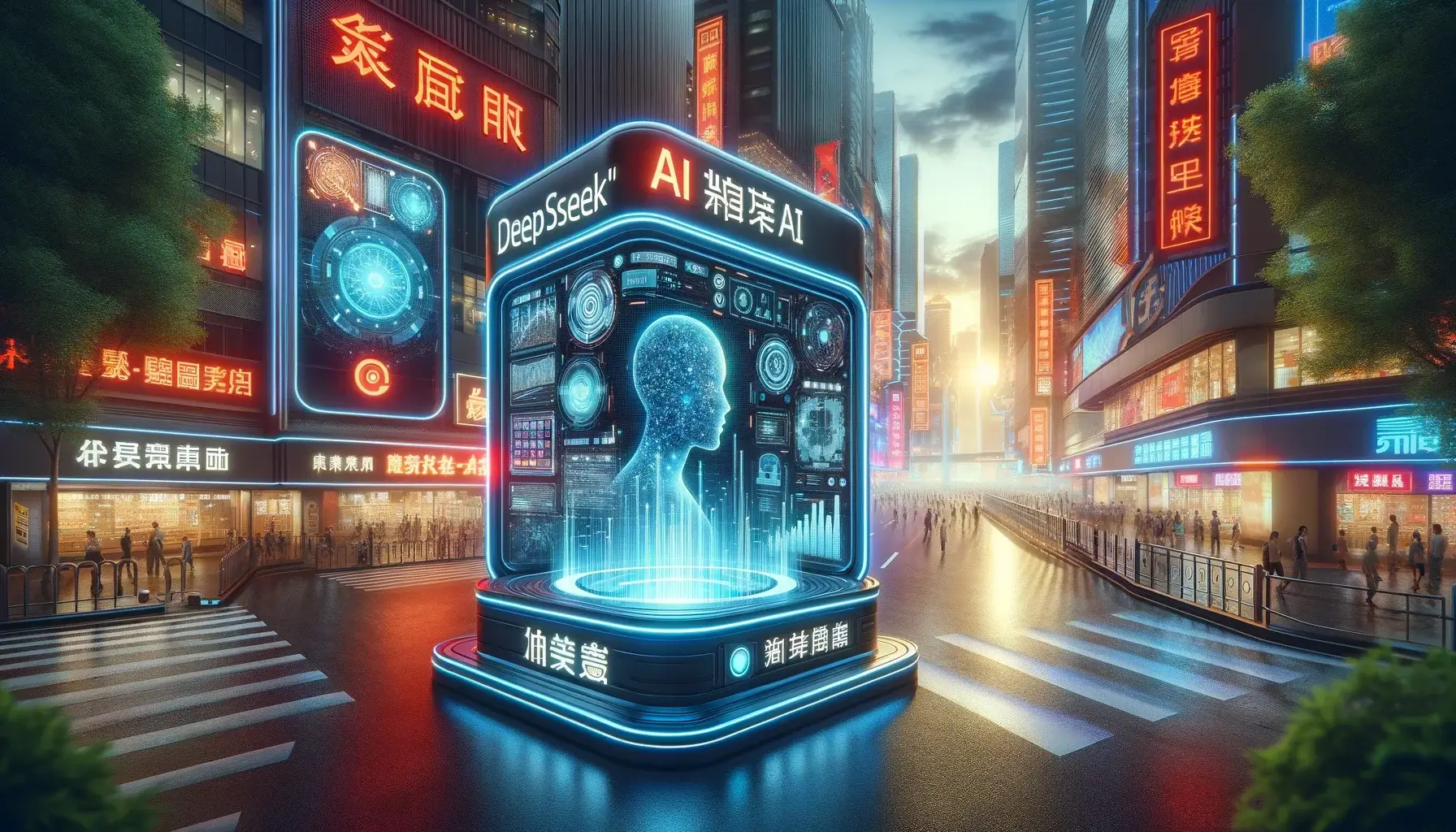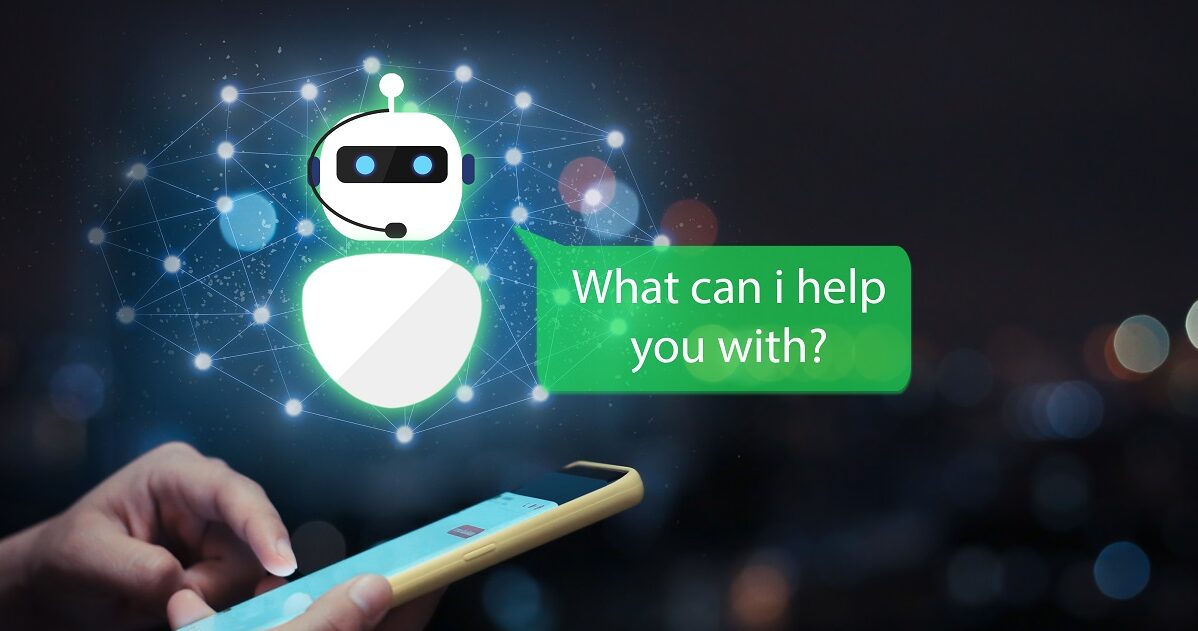
Success usually comes to those who are too busy to be looking for it.
Henry David
Introduction
The landscape of artificial intelligence (AI) is rapidly evolving, with various models emerging to cater to diverse user needs. Among these, DeepSeek and ChatGPT stand out as significant players, each with unique features and functionalities. This blog explores the key differences between these two AI models, their strengths and limitations, and their potential future in AI conversations.
Overview of DeepSeek and ChatGPT
DeepSeek AI
DeepSeek AI is a Chinese-developed model that emphasizes cost-effectiveness and open-source accessibility. Launched in 2003, it has gained traction for its ability to handle complex queries, content generation, and coding tasks. Key features include:
1. Open-Source: Licensed under the MIT license, allowing customization for various applications.
2. Cost Efficiency: Developed with a budget of approximately $6 million, significantly lower than many Western counterparts.
3. Performance: Particularly strong in reasoning tasks, DeepSeek has demonstrated competitive accuracy in benchmarks against established models like ChatGPT.
4. Censorship and Filtering: Unlike ChatGPT, DeepSeek has built-in censorship to comply with Chinese regulations, which can limit its appeal in markets that prioritize open discussions.
ChatGPT
Developed by OpenAI, ChatGPT is renowned for its versatility in generating human-like text across various contexts. Key attributes include:
1. Creative Content Generation: Excels in producing detailed responses suitable for creative writing, ideation, and customer interactions.
2. Advanced Conversational Abilities: Known for engaging dialogue and nuanced understanding of context.
3. Extensive Training Costs: The development of models like ChatGPT involves significant financial investment (over $100 million), reflecting the complexity of its architecture
Strengths and Limitations
DeepSeek
1. Strengths:
– Accurate data retrieval and analysis.
– Cost-effective with high efficiency.
– Good performance in coding support.
2. Limitations:
– Less versatile for creative interactions.
– Limited web search capabilities compared to ChatGPT.
ChatGPT
1. Strengths:
– Highly versatile with a rich feature set.
– Ideal for engaging content and innovative ideas.
2. Limitations:
– Responses can sometimes be inaccurate or outdated.
– Heavily reliant on pre-trained data.
When to Use Each Tool
Choosing between DeepSeek and ChatGPT depends on specific needs:
1. Use DeepSeek when requiring accurate data-based answers, technical documentation analysis, or coding assistance.
2. Use ChatGPT for creative writing tasks, brainstorming ideas, or customer support interactions.
A hybrid approach may also be beneficial when both factual accuracy and creative content are needed.
The Future of AI Conversations
The ongoing competition between DeepSeek and ChatGPT highlights a broader trend in AI development—tailoring tools to meet distinct user demands. As technology advances, we may see a convergence of capabilities where future models integrate the precision of DeepSeek with the creativity of ChatGPT. However, challenges such as geopolitical tensions over AI technology could shape the landscape significantly.In conclusion, both DeepSeek and ChatGPT represent the forefront of AI conversation technology. Their differing approaches cater to unique user needs, paving the way for innovative applications in various fields. As these models evolve, they will continue to redefine how we interact with machines and access information.



